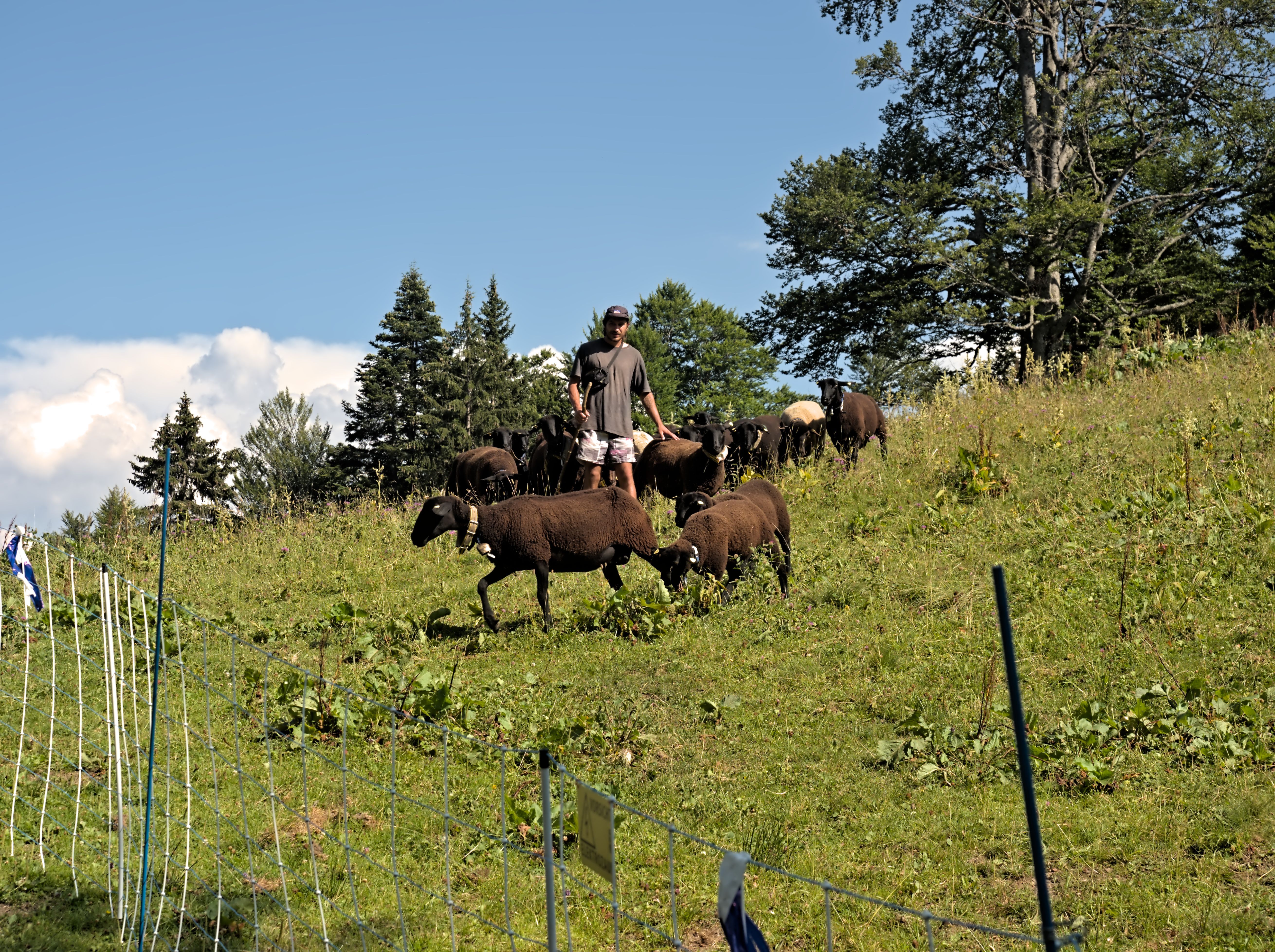HBLFA Raumberg-Gumpenstein, the Austrian Bear, Wolf, Lynx Center and experts from AGRIDEA Switzerland met to exchange information and experiences on the topic of large carnivores. The wolf is currently the biggest challenge.
The first wolves appeared in Switzerland more than 20 years ago. Confronted with this problem for a long time, Switzerland now has a lot of experience in this problem area. As the number of wolves increased, attacks on farm animals also increased. The aim in Switzerland is to minimize the damage with fences, livestock guard dogs and the removal of problem wolves.
In Austria, most wolves are migratory young solitary wolves. There are currently three packs in Austria (Allentsteig, Guttenbrunn, border pack with Bavaria) and 16 in Switzerland. Both countries have the same problems with migrating wolves: the route is unpredictable and the wolves encounter unprotected farm animals (mostly sheep ), attacks can occur.
The prevention of these animals was the focus of the discussions, with everyone affected being of the same opinion: where attacks occur, herd protection is needed. This can be done with an electric fence, through shepherding or using livestock guard dogs. Since the legal situation in Austria does not yet allow the use of livestock protection dogs, fencing or shepherding is the only option for the time being. Home pastures with existing fences should be quickly upgraded to herd protection fences. A fence must be erected according to the currently proposed standard on areas that are not yet protected. In the case of alpine pastures, each individual area must be assessed individually as to whether protection with a herd protection fence is possible and sensible. At the same time, predators that cause increased damage to farm animals should be removed.
Valuable insights were gained from exchanging experiences with electric fences. More and more providers are improving their fencing systems with regard to livestock protection and there are always new and better options.
There is already extensive experience in Switzerland with livestock guard dogs, as such dogs have been in use for some time. In Austria, the Austrian Center Bear, Wolf, Lynx is working on a suitable concept in its own working group as part of the LIFEstockProtect project - Switzerland's experiences will be incorporated here.
How herd protection could work here in Austria was shown using two alpine pastures. On the Grabneralm (Admont, Styria), a small flock of sheep of 28 animals is coupled to the cattle pasture until the end of July, after which they move to the higher alpine pastures with free access and night pens. The exact working hours for fence construction, animal control, pasture care or driving the herd are recorded. How the animals are doing is determined based on their increases.
The second alpine pasture is the Hauser Kaibling, with its 720 sheep and targeted grazing by shepherds. Basic protection is provided through the constant shepherding of the sheep.
During these two days, valuable information regarding herd protection could be exchanged. This type of direct conversation and getting to know each other promotes collaboration from which all parties benefit. In any case, it will not be the last meeting of this kind!








